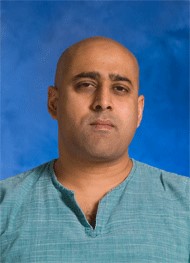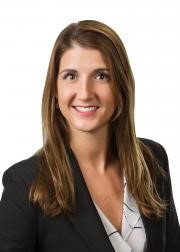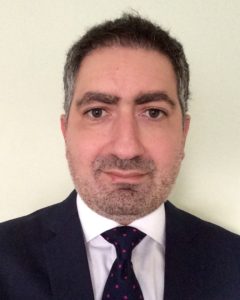Abstract: Functional magnetic nanomaterials, whose properties are fundamentally different from their bulk counterparts, have attracted a global interest owing to their prospective applications in advanced spintronics and nanomedicine. In this lecture, I will discuss fundamental aspects of nanomagnetism, properties of magnetic materials upon size reduction to the nanoscale, and recent advances in synthesis, characterization and applications of magnetic nanomaterials and their hybrid nanostructures. In particular, I will demonstrate how magnetic (iron oxide) nanoparticles can be effectively exploited for selective drug delivery, magnetic hyperthermia, and biodetection. Finally, I highlight our recent discovery of strong room-temperature ferromagnetism in transition metal dichalcogenide (VSe2) as the material is reduced from bulk (micro-size) to a single layer (less than nm). This is a new type of magnetic nanomaterial which has the potential to transform the field of van der Waals spintronics.
Functional magnetic nanomaterials, whose properties are fundamentally different from their bulk counterparts, have attracted a global interest owing to their prospective applications in advanced spintronics and nanomedicine. In this lecture, I will discuss fundamental aspects of nanomagnetism, properties of magnetic materials upon size reduction to the nanoscale, and recent advances in synthesis, characterization and applications of magnetic nanomaterials and their hybrid nanostructures. In particular, I will demonstrate how magnetic (iron oxide) nanoparticles can be effectively exploited for selective drug delivery, magnetic hyperthermia, and biodetection. Finally, I highlight our recent discovery of strong room-temperature ferromagnetism in transition metal dichalcogenide (VSe2) as the material is reduced from bulk (micro-size) to a single layer (less than nm). This is a new type of magnetic nanomaterial which has the potential to transform the field of van der Waals spintronics.
Biographical Sketch: Dr. Phan is an Associate Professor of Physics at the University of South Florida, USA. He received B.S., M.S., and Ph.D. degrees in Physics from Vietnam National University (2000), Chungbuk National University – South Korea (2003), and Bristol University – United Kingdom (2006), respectively. His research interests lie in the physics and applications of magnetic materials, with an expertise on the development of novel materials exhibiting magnetocaloric and magnetoimpedance effects for energy-efficient magnetic refrigeration and smart sensor technologies. He has published more than 240 peer-reviewed journal papers (h-index: 40 from Google Scholar), 4 review papers, 4 book chapters, and 1 text book. Presently, he serves as Editor for Journal of Electronic Materials, Editor for Applied Sciences, and Managing Editor for Journal of Science: Advanced Materials and Devices. He is a regular reviewer for more than 100 major journals, with 10 “Outstanding Referee” awards from various ISI journals. He is the winner of the 2017 Outstanding Research Achievement Award of the University of South Florida. He has delivered keynote, plenary and invited talks at professional meetings on Magnetism and Magnetic Materials (MMM, ICM, APS, MRS, ISAMMA) and organized international conferences on Nanomaterials, Energy, and Nanotechnology.









